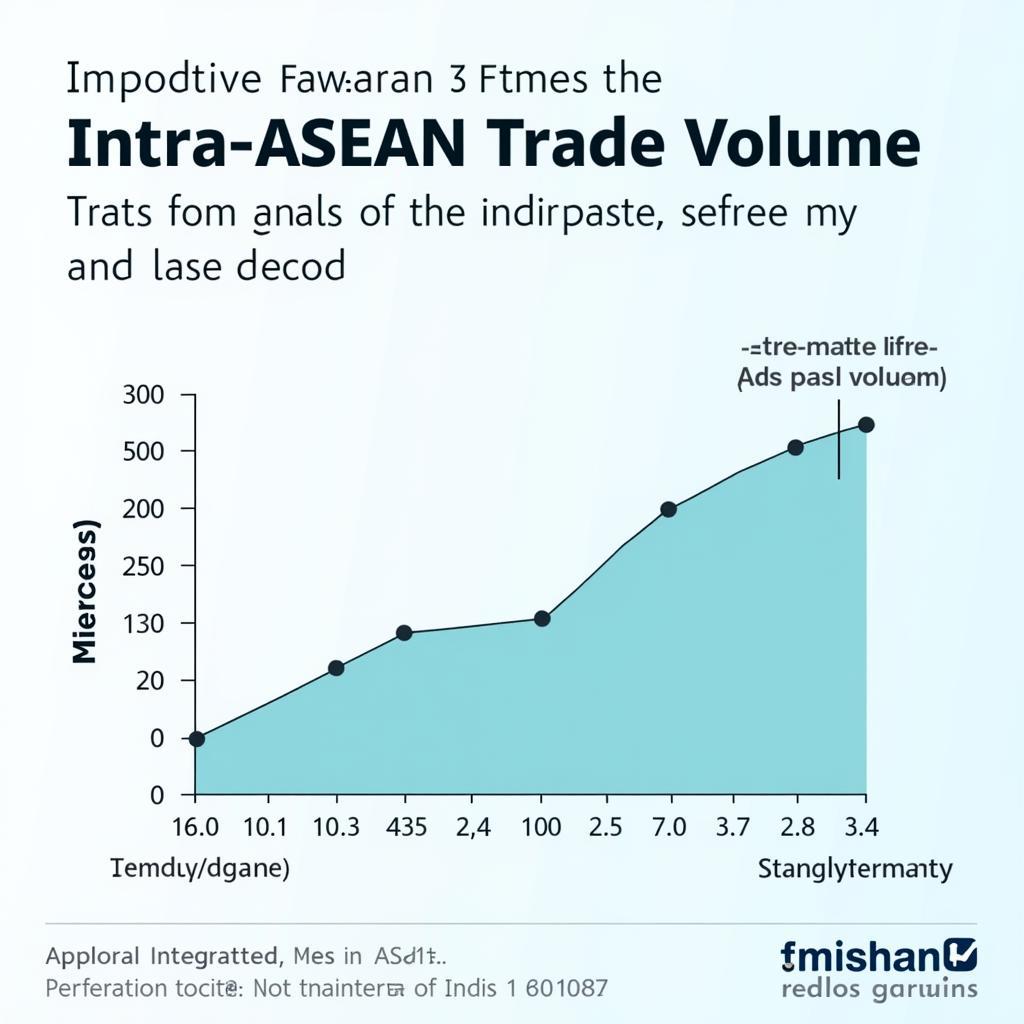ASEAN deals, encompassing a wide range of agreements and initiatives, play a pivotal role in shaping the economic landscape of Southeast Asia. This comprehensive guide delves into the intricacies of these deals, providing valuable insights for businesses and individuals seeking to capitalize on the region’s vast opportunities.
 ASEAN Economic Integration
ASEAN Economic Integration
Understanding the Foundation: What are ASEAN Deals?
At their core, ASEAN deals are formal agreements and collaborative efforts established among the member states of the Association of Southeast Asian Nations (ASEAN). These agreements aim to foster economic integration, promote trade liberalization, and facilitate the free flow of goods, services, investments, and skilled labor within the region.
Key Pillars of ASEAN Deals
ASEAN deals encompass a multifaceted framework built upon several key pillars:
- ASEAN Free Trade Area (AFTA): Established in 1992, AFTA serves as the cornerstone of ASEAN economic integration. It aims to eliminate tariffs and non-tariff barriers to intra-ASEAN trade, creating a more predictable and business-friendly environment.
- ASEAN Comprehensive Investment Agreement (ACIA): This agreement focuses on attracting foreign direct investment into ASEAN by providing a more liberalized and transparent investment regime. ACIA offers investors greater protection, predictability, and market access.
- ASEAN Framework Agreement on Services (AFAS): AFAS aims to liberalize trade in services by progressively reducing restrictions on cross-border service providers. This agreement covers a wide range of sectors, including finance, tourism, transportation, and professional services.
The Impact of ASEAN Deals
 ASEAN Trade Growth
ASEAN Trade Growth
The implementation of ASEAN deals has yielded significant benefits for the region, transforming it into a dynamic and interconnected economic powerhouse. Some notable impacts include:
- Increased Trade: ASEAN deals have spurred a remarkable surge in intra-regional trade. The elimination of tariffs and reduction of non-tariff barriers have made it easier for businesses to trade goods and services within ASEAN, fostering economic growth and job creation.
- Investment Attraction: The creation of a more favorable investment climate through initiatives like ACIA has attracted substantial foreign direct investment into ASEAN. This influx of capital has contributed to infrastructure development, technological advancements, and overall economic progress.
- Enhanced Competitiveness: By promoting a more open and competitive market environment, ASEAN deals have encouraged businesses to innovate, improve efficiency, and enhance their products and services. This increased competitiveness has benefited consumers by providing them with a wider range of choices at more competitive prices.
Navigating the Complexities: Challenges and Opportunities
While ASEAN deals present numerous opportunities, navigating their complexities requires awareness of potential challenges:
- Non-Tariff Measures (NTMs): Despite progress in tariff reduction, NTMs, such as technical barriers to trade and sanitary and phytosanitary measures, can still pose obstacles to cross-border trade.
- Regulatory Divergence: Differences in regulations, standards, and customs procedures among ASEAN member states can create complexities for businesses operating across borders.
- Implementation Gaps: While agreements provide a framework, their effective implementation across all member states remains a continuous effort.
“ASEAN’s journey towards deeper economic integration is an ongoing process,” notes Dr. Nguyen Van Binh, a renowned economist specializing in ASEAN affairs. “Addressing challenges related to NTMs, regulatory harmonization, and implementation will be crucial to unlocking the full potential of ASEAN deals.”
Seizing the Opportunities
Businesses and individuals can leverage the opportunities presented by ASEAN deals by adopting several strategies:
- Understanding the Regulatory Landscape: Conducting thorough due diligence to understand the specific rules, regulations, and requirements of each target market within ASEAN is essential.
- Leveraging Trade Agreements: Businesses should familiarize themselves with the provisions and benefits offered by various ASEAN agreements, such as AFTA and ACIA.
- Seeking Expert Advice: Consulting with trade specialists, legal professionals, and business associations with expertise in ASEAN can provide invaluable guidance and support.
Looking Ahead: The Future of ASEAN Deals
 Digital Economy in ASEAN
Digital Economy in ASEAN
ASEAN deals are constantly evolving to adapt to the changing global economic landscape. Key trends shaping the future of these agreements include:
- Digital Economy Integration: ASEAN is actively working towards establishing a Digital Single Market to harness the growth potential of the digital economy. Initiatives like the e-ASEAN Framework Agreement aim to facilitate cross-border e-commerce and digital trade.
- Sustainability Focus: There is growing emphasis on incorporating sustainability principles into ASEAN agreements. The region is increasingly focusing on promoting sustainable trade and investment practices that support environmental protection and social responsibility.
- Regional Comprehensive Economic Partnership (RCEP): The entry into force of RCEP, a mega-trade agreement involving ASEAN and its key trading partners, further strengthens ASEAN’s economic integration with the Asia-Pacific region.
Conclusion
ASEAN deals have played a transformative role in driving economic growth and integration within Southeast Asia. As these agreements continue to evolve, understanding their nuances and leveraging the opportunities they offer will be crucial for businesses and individuals seeking to thrive in the dynamic ASEAN market.
Need help navigating the complexities of ASEAN deals? Contact us at 0369020373, email us at aseanmediadirectory@gmail.com, or visit us at Thôn Ngọc Liễn, Hiệp Hòa, Bắc Giang, Việt Nam. Our team of experts is available 24/7 to provide guidance and support.
